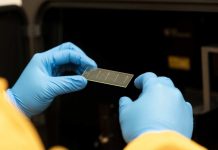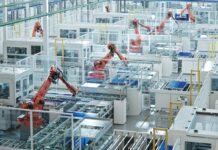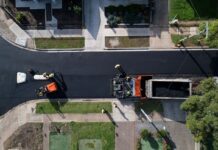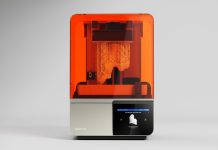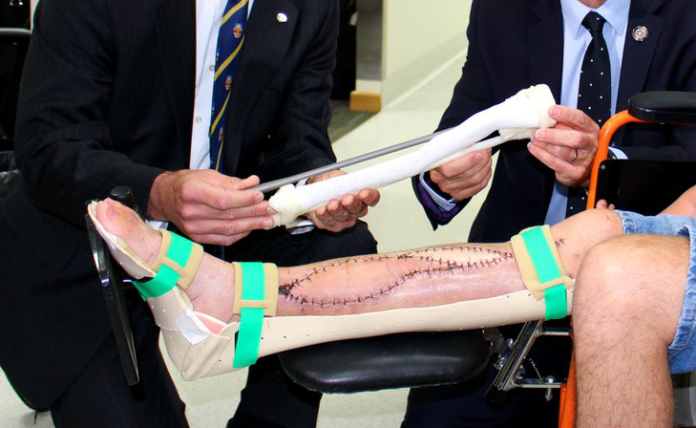
Surgeons at Princess Alexandra Hospital (PAH) in Brisbane have pioneered a new surgical procedure involving the use of 3D printed shinbone.
In a world first, the surgeons successfully transplanted a 3D printed shinbone (tibia) into a 26-year old patient who had developed a spontaneous onset of tibial osteomyelitis – or an infection of the bone – which resulted in the majority of his tibia or shinbone being destroyed.
Minister for Health and Ambulance Services Cameron Dick said the entire procedure had been undertaken in Brisbane, with the exception of the manufacture of the 3D model which had been created in a laboratory in Singapore.
“Innovative and ground-breaking treatments and technologies such as this world-first surgery offer new hope for Queensland patients,” Mr Dick said.
“Queensland Health leads the nation and the world in so many ways and this is another example of Queensland innovation at its best. As Health Minister, I am humbled and inspired by the outstanding work Queensland Health clinicians do in our public hospitals each and every day.”
PAH Plastic Surgeon Dr Michael Wagels said his team was able to save the patient’s leg by inserting a 3D printed model, wrapped in biological tissue in an effort to engineer new bone.
“A multi-disciplinary operating team involving orthopaedic and plastic surgeons took 14 hours to reconstruct Mr Lichter’s tibia with a 3D printed model,” Dr Wagels said.
“The procedure involved removing tissue from the bone of the adjacent fibula with its blood supply intact and transferring it into the 3D model to cover approximately half of the model with the elements required to transform it into living bone.”
“Additional tissue from the opposite knee was also removed and transplanted. This involved microsurgery to connect the blood vessels of the transplanted tissue the blood supply of the already transferred fibula periosteum. We know from our research that a robust blood supply is a crucial element to the success of the procedure.”
Mr Lichter, who has been unable to work since September 2016 and recently became a father, said he was happy to undergo the unique and experimental procedure that saved his leg.
“Straight away I said yep let’s do it, I didn’t care that it was experimental, I would do anything to save my leg,” he said.
“I actually think that I’ve always had a healthy outlook on this surgery. I was just so glad initially that I wasn’t in pain anymore. Because once they controlled the infection the pain disappeared and I said whatever happens from here, it’s better than living in pain.”


